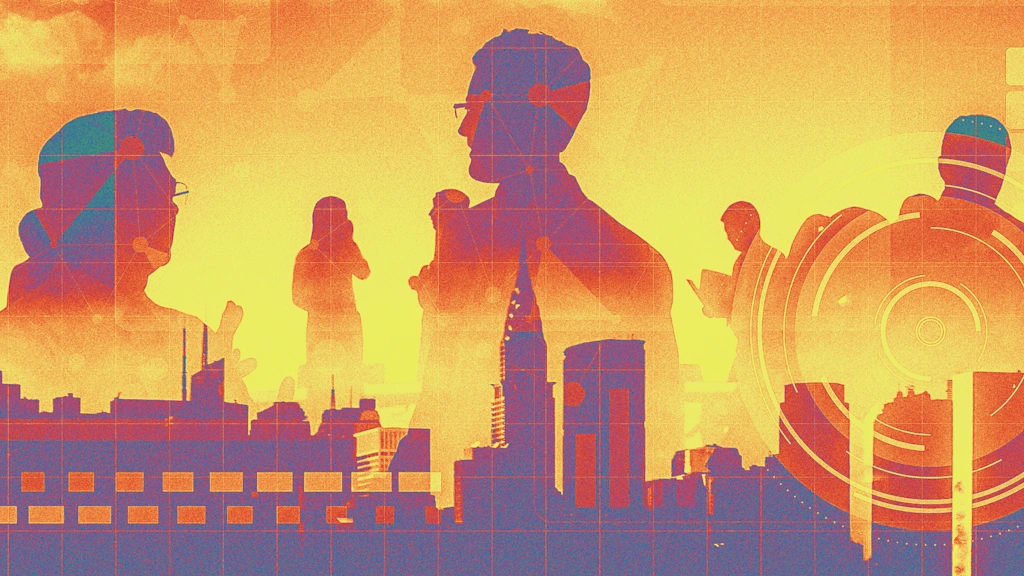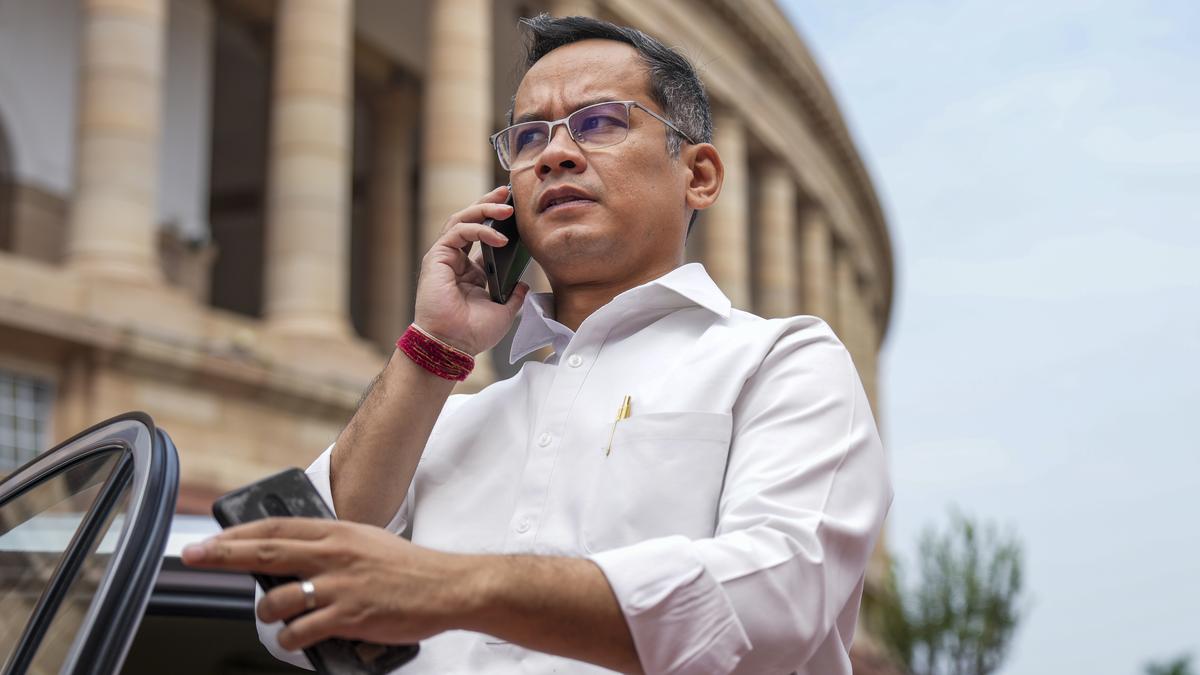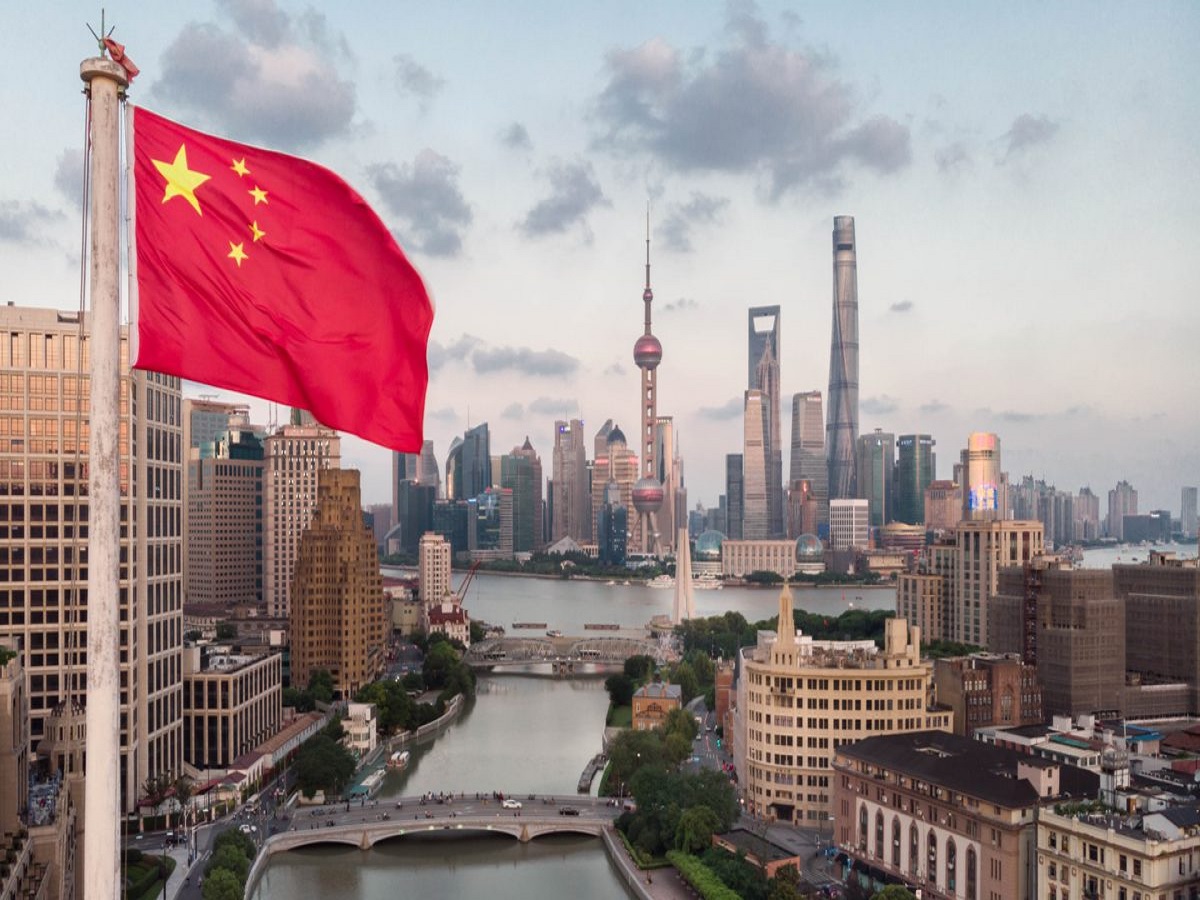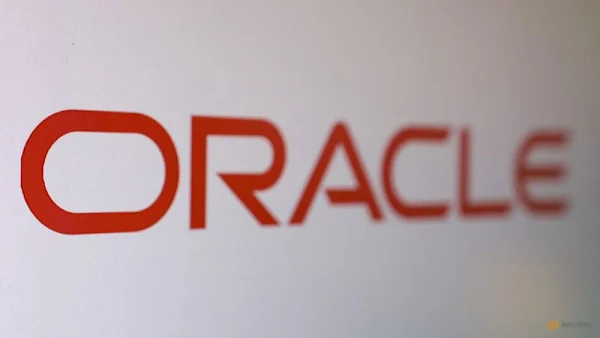
BY Jeremy Caplan
This article is republished with permission from Wonder Tools, a newsletter that helps you discover the most useful sites and apps. Subscribe here.
I go to conferences just a few times a year. To make the most of the frenzied days, I rely on a suite of tools.
The Week Before
1. Mine Your Network Goldmine
Clay: This personal rolodex enhances your contact list with info from LinkedIn and whatever other social platforms you choose (Instagram, Facebook, X). You can use Nexus, its new AI-enhanced search to surface contacts in your conference city or people in your network with specific expertise or interests.
If you connect Clay to your calendar and email, it shows you a list of past meetings and email threads you’ve exchanged with a given contact for context. At the conference you can also use it to add private notes to a contact. It’s free for up to 1,000 contacts, or $10/month billed annually for unlimited contacts.
Pro alternative: Folk is a more advanced CRM (customer relationship management) tool that’s useful if you’re attending conferences for sales, or if you manage a service business that involves a lot of outreach. It’s a surprisingly well-designed pro tool. There’s a new ChatGPT integration, so you can use ordinary language to query all your contacts and sales leads. If I were to run a sales-heavy project, I’d use this.
2. Build Your Intelligence Hub
Perplexity Spaces: Create a dedicated Space for your conference—think of it as a smart folder for all your research queries.
It can be private, shared with colleagues who can contribute, or public.
Use it for queries related to conference sessions you’re attending or leading.
You can also use Spaces to plan for free time between sessions. Customize a Space’s instructions with your preferences to discover restaurants, music, museums, or whatever else interests you near the conference site.
Upload files to give the AI assistant further context. Add reference docs from conference organizers, recommendations from friends, or a city guide you like.
Learn more: Check my most recent Perplexity guide.
Alternative: you can similarly set up a project in Claude or ChatGPT with relevant documents and queries. Or set up a notebook in NotebookLM.
For further prep: Check out this pre-conference Planning Exercise, part of a helpful OpenNews tool kit by Emma Carew Grovum.
3. Create Pop-Up Networking Meals
Partiful: Set up open lunches or dinners that conference connections can join spontaneously. Group meals build on hallway small talk for relationship building. Many people eat alone because coordinating is tricky, or they don’t know where to go outside the hotel or conference center.
It’s completely free. Create events during the conference, then share the QR code when you meet someone interesting—they can RSVP instantly on their phone. You can use the app to check RSVPs or to send updates or follow-ups. Or post the RSVP link to an event discussion thread, or include it in an email. Schedule two to three meals throughout the conference and cap attendance at six to eight people for rich conversations.
For informal conference get-togethers Partiful is a good alternative to Lu.ma—the RSVP app I like using to send invites for my paid subscriber events online. Both are great, but Partiful integrates texting in a smart way, includes QR codes for RSVPing, and has a more social feel for spur-of-the-moment gatherings.
At the Conference: Capture What Matters
4. Never Miss a Moment
Granola: This hybrid note-taking app combines your typed notes with AI-enhanced transcription. Record sessions on your phone or laptop while jotting down key thoughts; Granola merges both into session summaries you can query.
No audio or video is stored, just the transcript and summary. I’ve been surprised at how accurate the transcripts tend to be, even when I’m sitting in the middle of a large presentation room. It’s free for 25 meetings or $18/month for unlimited use.
Case in point: At the Online News Association (ONA) conference I just attended in New Orleans, I created a folder with Granola for all my session notes. Now I can query my whole collection of conference notes for follow-ups.
Bloks is another good option that I’ve written about before. It integrates with Salesforce, HubSpot, and other pro platforms, but it’s now $69/month billed annually after a 14-day trial, so it’s relevant only for hard-core business use.
Macwhisper is a great free app that can record and transcribe locally on your laptop, but it doesn’t show you the live transcript or let you mix in your own notes.
5. Connect with People
LinkedIn QR Code Scanner: Skip the business card shuffle. To use LinkedIn’s free built-in QR scanner, tap the mobile app’s search bar and click the scanner icon on the far right. You can then scan someone else’s LinkedIn QR code or have them scan yours. You’re instantly connected without having to type anything. No need to spend an hour processing a stack of business cards later.
Uniqode: If LinkedIn doesn’t suit you for connecting, create a free Uniqode digital business card. Save to your Apple or Google Wallet to easily share contact info without having to hunt through your photos app.
Or if you want a simple way to give people you meet a link, a PDF, a group of images, or a vCard with contact info, QR Codes Unlimited lets you quickly create and download a QR code for free with customized colors and designs.
6. Digitize Everything
Scanner Pro by Readdle: Transform blurry photos of slides or awkward snapshots of handouts into clean, readable documents. The features I like:
Access your scans from anywhere: Use Dropbox, Google Drive, or OneDrive for automatic backups and to see or share your scans on any device.
Quality scans: New tech improves on previous apps I’ve tried.
Smart cropping: The app auto-detects slide or paper edges.
Conversion: I usually render scans in high-contrast black and white, unless the colors are crucial.
Organization: It’s simple to keep scans in topical folders (e.g., receipts, books, mementos, recipes, ONA25).
Less paper: At conferences I try to scan most handouts now instead of hauling a stack of paper home. It lightens my bag, limits my office paper mess, and shortens processing time back at work.
Cleaner camera roll: I prefer scans in a dedicated app so they don’t clutter up my camera roll.
This article is republished with permission from Wonder Tools, a newsletter that helps you discover the most useful sites and apps. Subscribe here.
advertisement
The application deadline for Fast Company’s Most Innovative Companies Awards is Friday, October 3, at 11:59 p.m. PT. Apply today.
Sign up for our weekly tech digest.
This site is protected by reCAPTCHA and the Google Privacy Policy and Terms of Service apply.
Privacy Policy
ABOUT THE AUTHOR
Jeremy Caplan is the director of teaching and learning at CUNY’s Newmark Graduate School of Journalism and the creator of the Wonder Tools newsletter. More



